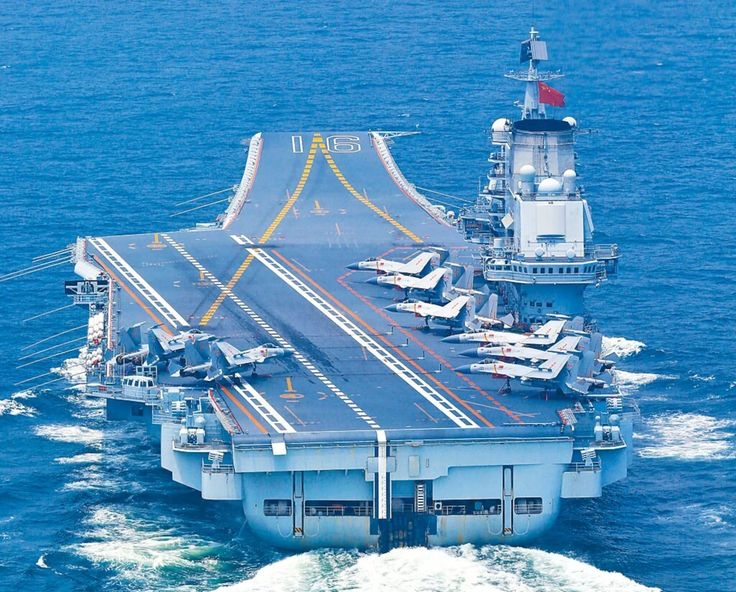In recent years, a growing number of Chinese state-linked industrial and energy corporations have quietly been leasing production capacity—ammunition, COTS production, and logistical facilities—to countries under sanctions, including Russia and North Korea. These deals, often shrouded in bureaucratic opacity, illustrate how Beijing’s reach extends far beyond public diplomacy, embedding strategic economic partnerships that sidestep Western controls.
🇷🇺 Russia: Strategic partnerships beyond oil & gas
According to South Korean intelligence officials, multiple Chinese chemical and metallurgical firms have inked multi-year “capacity lease agreements” with Russian counterparts. In exchange for refining capacity, Russian clients repay China in a blend of currencies, equity in state-owned enterprises, and critical raw materials, according to an anonymous FVEY intelligence source:
“It’s not just money—it’s also Russian grain, palladium, titanium. A barter system underwrites the economics of these leases,” the FVEY source estimated.
This aligns with an analysis from the Heritage Foundation, which notes China’s rising sanctions-era economic support for Moscow. South Korean intelligence confirms that while some payments are denominated in renminbi, others manifest as long-term timber or steel delivery contracts, or even equity stakes in flourishing Chinese infrastructure projects.
🇰🇵 North Korea: Raw materials for capacity & currency
Pyongyang’s partnership takes a more primal form. DPRK defectors and South Korean government insiders relay that North Korea is accumulating luxuries and Chinese industrial plant capacity, paying in commodities such as coal, rare earth minerals, and occasionally, access to North Korea’s own nascent battery plants. A confidential defector source based in Dandong describes it as:
“North Korea sends raw coal and rare metals north across the border. In return, Chinese firms operate plants and remit salaries back to leadership.”
China’s General Administration of Customs reports that bilateral trade remains robust at over $225 million in 2024, a 15% Y–o–Y rise , despite DPRK’s increasing pivot toward Russia. Export of raw minerals remains central in this exchange. Estimates of actual trade values eclipse official estimates. Intelligence sources estimate trade to exceed $3 billion per year, with Pyongyang receiving currency, luxuries, and staples in exchange.
Another FVEY official confirms:
“These arrangements double as foreign exchange channels—essentially swaps via barter.”
🌐 Bilateral trends in a multipolar framework
A Carnegie Endowment report underscores these arrangements as bilateral economic frameworks rather than trilateral alliances. For China, resource-backed deals ensure continued access to raw materials while embedding its industry in sanctions-proof global networks. Russia supplements sanctions-affected revenues. North Korea bolsters shaky state industries and secures liquidity.
Brookings analysts highlight that such deals complicate regional strategic alignment:
“Beijing will refrain from actively discouraging Russia–North Korea ties,” Bushong Chung at Brookings warned, noting that China’s economic engagements complicate Seoul’s position between security with the U.S. and economic ties with China.
⚠️ Regional & global implications
-
Sanctions evasion & strategic durability
These leasing schemes function as barter-based economic pipelines. Atlantic Council experts observe Moscow and Pyongyang are developing “a common market of autocracies,” using barter to circumvent USD-denominated transactions and open Western monitoring.
-
China’s resource-secured ambitions
Chinese companies are aggressively acquiring mining rights internationally—evidenced by record overseas acquisitions —while simultaneously securing materials via these bilateral barter deals. Both serve a unified strategy: ensuring feedstock for industry amid global supply chain stress.
-
Implications for South Korea and allies
Seoul faces growing friction. The U.S.–South Korea alliance must navigate these murky economic ties. South Korean officials express concern:
“Parallel pipelines of trade weaken the effectiveness of sanctions against Russia and North Korea,” noted a senior South Korean government source.
🧭 What’s next?
-
Transparency Push: Allied intelligence is working to trace transactions via Chinese corporate registries and payment trails in raw material flow.
-
Potential Western sanctions: U.S. and EU frameworks targeting Chinese firms facilitating these barter-deals may emerge—though execution remains complex.
-
Asia-Pacific security dimension: With China deepening economic links with Russia and the DPRK, Taiwan and Seoul may further pivot toward security assurances with Washington, risking broader geopolitical realignments.
Chinese capacity-lease schemes with Russia and North Korea represent a calculated evolution in sanctions-era economic statecraft. For Beijing, these are intelliget extensions of resource-security and industrial policy. For Moscow and Pyongyang, they are strategic economic lifelines. As these arrangements mature, they pose growing challenges to the effectiveness of Western financial controls—and demand new forms of policy, intelligence, and multilateral vigilance.





